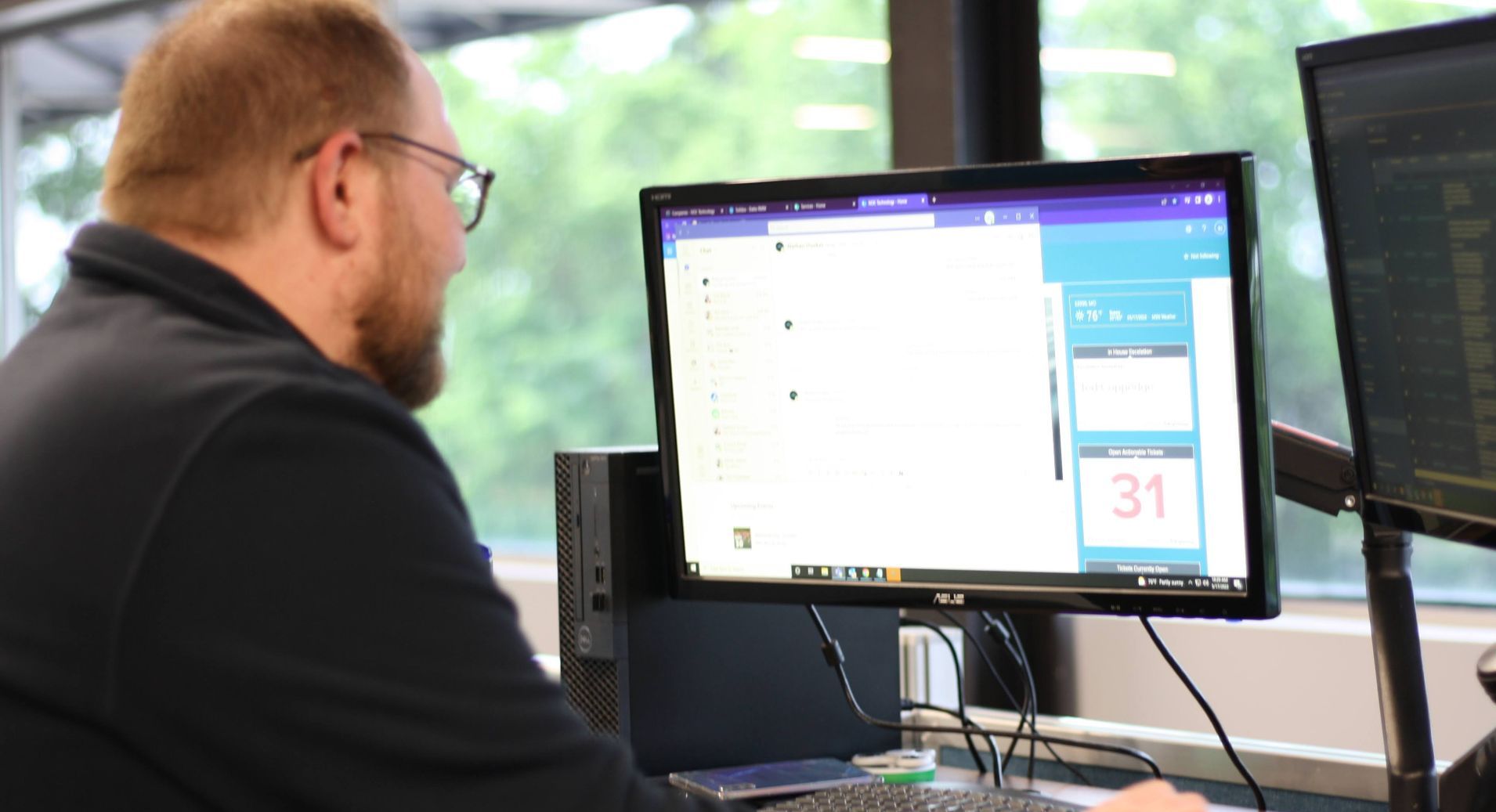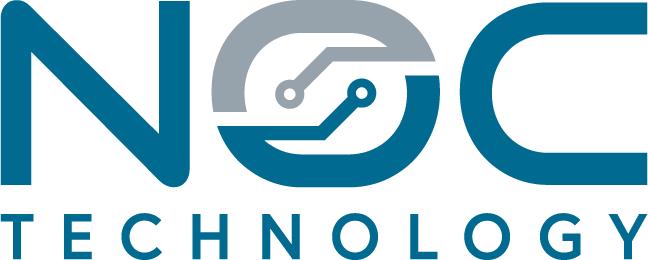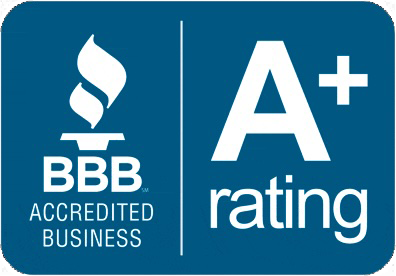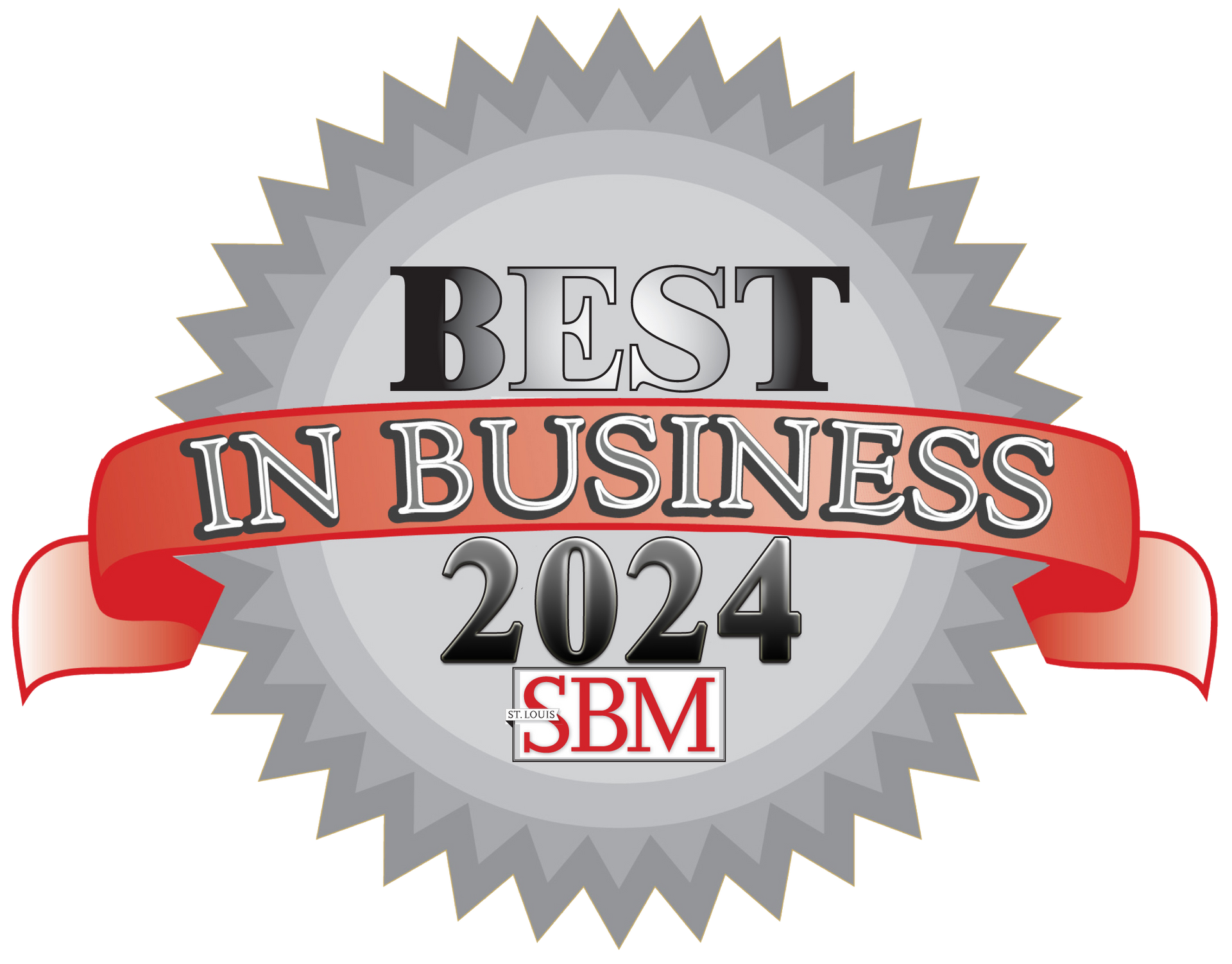How to Implement the 3-2-1 Backup Method
by Jon Lober | NOC Technology
Keep your data safe.

The 3-2-1 Backup Method is a reliable and efficient strategy for ensuring the safety and security of your business's critical data. The method is based on the principle of having three copies of your data, stored on two different types of media, with one copy being stored off-site. By implementing this method, you can ensure that your business's data is protected, even in the event of a disaster such as a fire, flood, or theft.
The first step in the 3-2-1 Backup Method is to create three copies of your business data. This means that you should have one copy on your primary server or device, and two additional copies stored elsewhere. For example, you could have one copy on an external hard drive and another on a cloud-based storage service like Azure or AWS. This will ensure that if your primary device or server is lost or damaged, you still have access to your data.
The second step is to store your data on two different types of media. This is important because different types of media have different lifetimes, and if your data is stored on only one type of media, it is vulnerable to failure. For example, you could have one copy of your data on a hard drive and another on a USB flash drive or a tape drive. This will ensure that if one of the media fails, you still have access to your data on the other.
The final step is to store one copy of your data off-site. This is critical for protecting your data against natural disasters or other events that might damage or destroy your primary device or server. For example, you could store a copy of your data on a cloud-based storage service, which is stored in a different location than your primary device or server. This will ensure that if your office is destroyed, your data will still be safe and accessible.
Here are some examples of how a business can implement the 3-2-1 Backup Method:
- A small retail business that uses POS systems, could implement the 3-2-1 Backup Method by:
- Creating a daily backup of the POS data on an external hard drive
- Sending the backup of the data to a cloud-based storage service such as Azure
- Keeping a weekly backup in an external hard drive and storing it at a different location such as home or a remote office.
- A medium-size company, that uses a main server to store the company's data and application, could implement the 3-2-1 Backup Method by:
- Creating a daily backup of the server data on a separate hard drive connected to the server.
- Sending the backup of the data to a cloud-based storage service such as AWS.
- Keeping a weekly backup in an external hard drive and storing it at a different location such as a remote data center.
- A large enterprise, with various types of data to store, could implement the 3-2-1 Backup Method by:
- Using an on-premise backup solution with multiple storage media types such as hard drive, tape and cloud.
- Keeping multiple copies of the data stored at different location, such as data center, off-site and in the cloud.
- Regularly testing and monitoring the backup to ensure they are up-to-date and easily recoverable in case of a disaster.
By following the 3-2-1 Backup Method, you can ensure that your business's data is safe and secure, even in the event of a disaster. This method is a simple, easy-to-follow strategy that can help protect your important business data and assets. It is important to regularly test your backups, establish a backup schedule, and update your copies to ensure they are the most recent version. Implementing the 3-2-1 Backup Method is an essential step in protecting your business's valuable data and assets. It can also reduce the risk of data loss, data corruption, or data breaches that can have a detrimental impact on the overall health of your business.
In summary, the 3-2-1 Backup Method is a reliable and efficient way to protect your business's critical data. By creating three copies of your business data, storing them on two different types of media, and keeping one copy off-site, you can ensure that your business's data is protected, even in the event of a disaster. By implementing this method, you will have peace of mind that your business's data is safe and can be quickly restored if an unfortunate incident occurs. Don't wait for a disaster to happen, start implementing the 3-2-1 Backup Method today and safeguard your business's data for the future.




